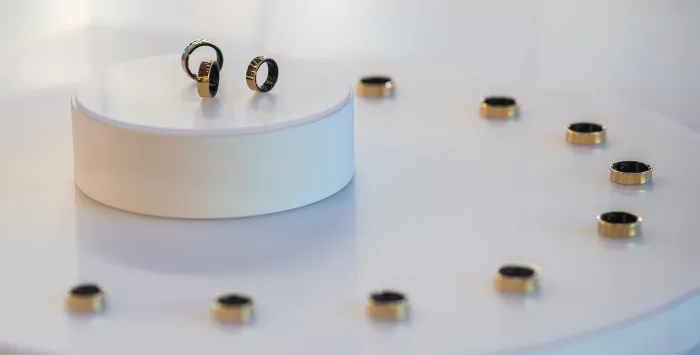Samsung Delivers Bad News for Apple Watch and Oura Ring Users
According to The Street, Whether you’re a data enthusiast, a fitness fanatic, or a fashion follower, the trend of wearing fitness trackers has likely crossed your mind in recent years. These devices have gained immense popularity, reminiscent of the early 2000s when cell phones became a must-have accessory. Just as back then, people now have preferences and opinions about their fitness trackers.
The Dominance of the Apple Watch
At the forefront of this wearable technology revolution is the Apple (AAPL) Watch. Known for its user-friendly interface and seamless integration within the Apple ecosystem, the Apple Watch allows users to send and receive emails, iMessages, and phone calls directly from their wrists. By mid-2023, Apple had sold over 229 million units, with 50 million sold in just 2022.
The Apple Watch isn’t just a communication tool; it’s also a comprehensive fitness tracker. It monitors vital metrics such as heart rate, step count, and calories burned during workouts. Additionally, some models provide advanced health insights, including sleep quality, cycle tracking, and VO2 max (aerobic capacity) levels.
The Appeal of Smart Rings
While the Apple Watch is popular, not everyone prefers to wear a bulky device daily. The need for frequent charging (typically every 24 hours) and concerns about wearing it in various settings—like swimming or formal events—have led to the rise of smart rings.
The Oura Ring is currently the most well-known smart ring, utilizing LED sensors to track various health metrics similar to those monitored by the Apple Watch. The Oura Ring excels in offering insightful health-tracking features, including sleep monitoring, illness detection, heart rate variability (HRV), and overall activity levels. Its lack of a display contributes to longer battery life, and many users find Oura’s metrics more insightful, particularly regarding mindfulness and recovery options.
Samsung’s New Galaxy Ring Challenges Competitors
In July, Samsung (SSNLF) entered the smart ring market with its Galaxy Ring, which offers a suite of wellness insights similar to those of the Oura Ring and Apple Watch. Features include:
- Heart rate monitoring
- Sleep pattern tracking
- Blood oxygen levels
- Skin temperature and cycle tracking
- Activity tracking
- Stress and breathing metrics
- Vitality and alertness monitoring
- Snoring detection
Notably, unlike the Oura Ring, Samsung’s Galaxy Ring does not require a monthly subscription fee to access its features, making it a more appealing choice for users.
Also read: Act Now! Grab Your Share of Up to $1,942 from $29M Privacy Settlement—No Proof Necessary
As reviews of the Galaxy Ring come in after a month of use, it appears to be a strong competitor. Nirave Gondhia from Tom’s Guide noted, “The Galaxy Ring feels like a refinement of the concept; similar data but in a streamlined, more comfortable package.” In terms of sleep tracking, Samsung offers a Sleep Score within its Health app, which assesses sleep quality based on various factors such as sleep duration, restfulness, and sleep cycles. However, some users still prefer a smartwatch for its connectivity features.
The design of the Galaxy Ring is also garnering attention. Reviewers appreciate its concave shape, which makes it feel slimmer and more comfortable than the Oura Ring. Max Buondonno from CNN Underscored emphasized, “It makes it feel thinner on your finger and easier to get used to wearing,” addressing complaints about the Oura Ring’s bulkiness.
Looking Ahead
While the Galaxy Ring has generated buzz, it’s still early in its release cycle. Many users are experiencing shipping delays due to high demand, and some have reported discrepancies in heart rate and sleep tracking. These issues are expected to improve as more users share their data and feedback.
Retailing at $399, the Galaxy Ring is available online and at retailers like Best Buy (BBY). As the wearable fitness tracker market continues to evolve, it will be interesting to see how these devices compete and innovate in the years to come.






